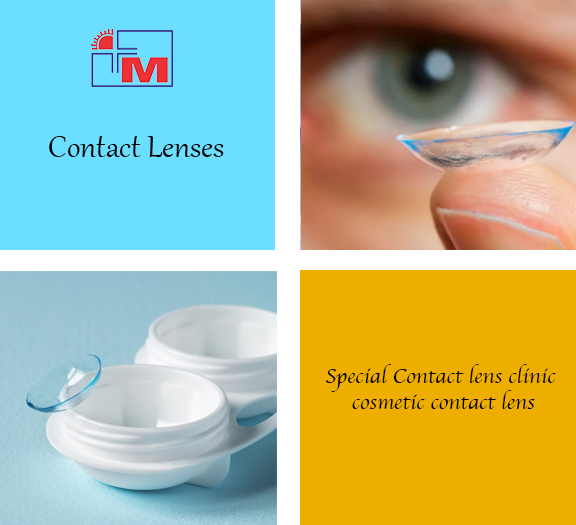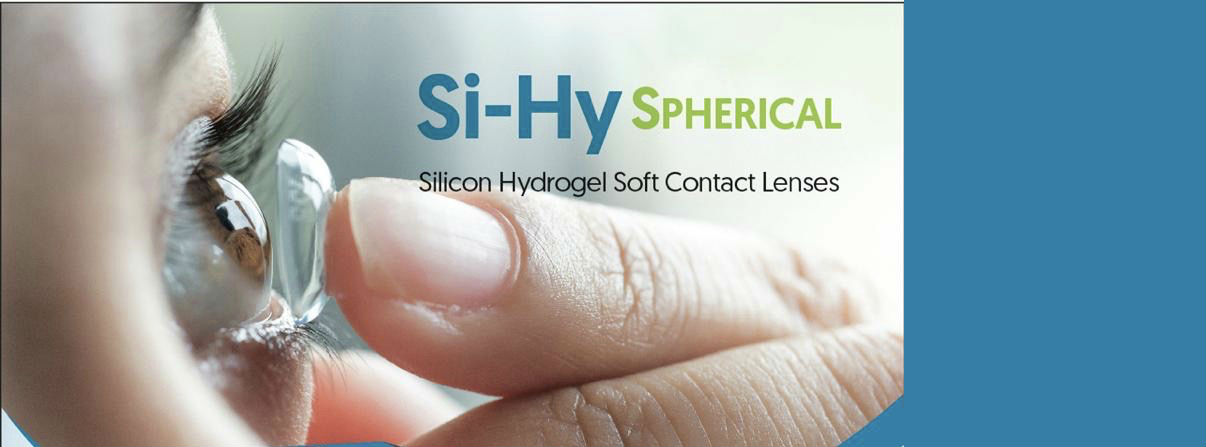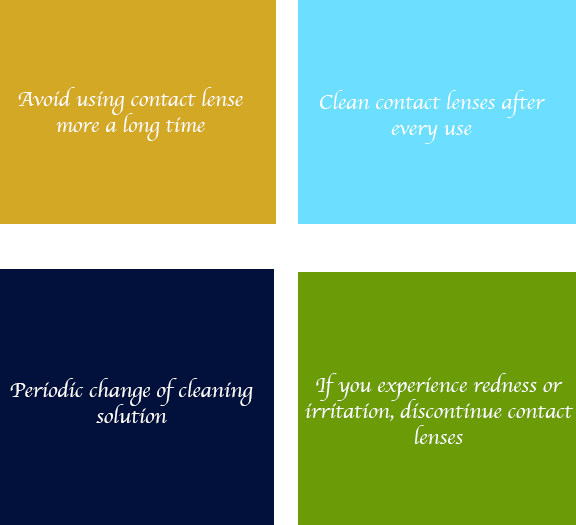
Contact Lens
Advancements in contact lens technology offer the potential for successful contact lens wear to most of our patients. Contact lenses not only enhance visual acuity and appearance, but also improve performance in different visual tasks; helps avoid fogging of glasses in different environments, and also improve performance of other fast activities like sports.
Manocha Eye Hospital has a well-equipped state of the art Contact Lens Clinic offering an extensive range of Contact Lenses. Our Contact Lens Clinic has highly qualified and experienced professionals who ensure that the patients are given the best lenses after scientific testing in a professional and friendly environment. This allows the best possible clinical care to be provided to individual patients.

More About Contact Lenses
Contact lenses are the perfect solution for those who do not want to wear spectacles and do not want a surgical vision correction also. Contact lenses do not restrict your field of vision (no edge effects due to the spectacle frame) and move with the eye, and significantly reduce distortions. Also unlike glasses, they do not fog up or result in reduced visibility in the rain. Contact lenses offer better cosmesis and are more practical for sports and outdoor activities than glasses.
Type Of Contact Lens
You might not have symptoms in the early stages of diabetic retinopathy. As the condition progresses, diabetic retinopathy symptoms may include:
Hard Contact Lens
The most common type of hard contact lens is a rigid gas-permeable (RGP) lens. These lenses are usually made from plastic combined with other materials. They hold their shape firmly, yet they let oxygen flow through the lens to your eye.
RGP lenses are especially helpful for people with astigmatism and a condition called keratoconus. This is because they provide sharper vision than soft lenses when the cornea is unevenly curved. People who have allergies or tend to get protein deposits on their contacts may also prefer RGP lenses.
Soft Contact Lens
- Daily wear contacts
- Extended wear contacts
- Toric contacts
- Colored (tinted) contacts
- Decorative (cosmetic) contacts

